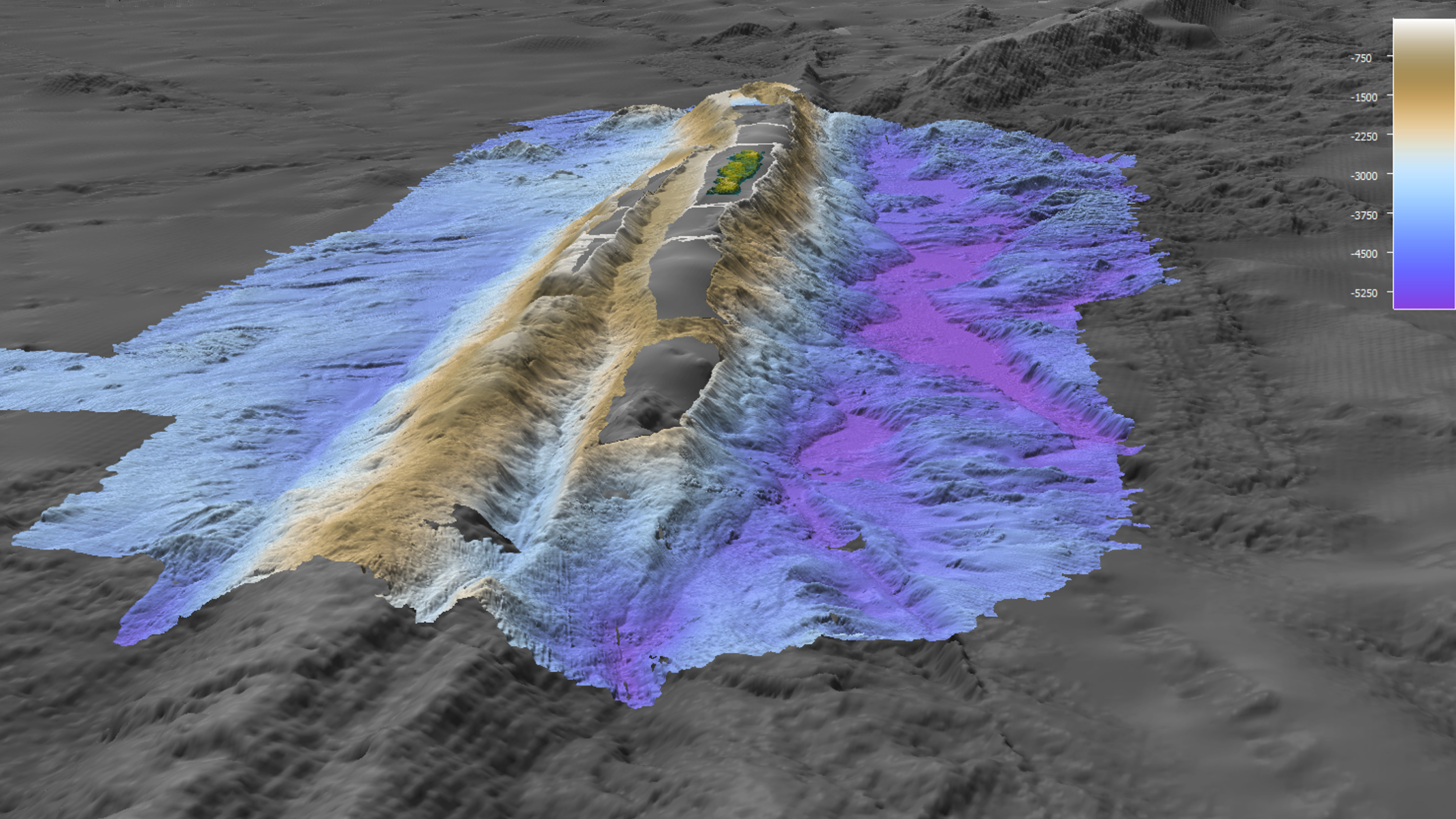Our upcoming event features Isra Ezad from Macquarie University, who will be delving into “The Role of Volatiles in Mantle Melting: Observations from High-Pressure Experiments.” Mark your calendars for August 23rd and secure your spot for an enriching experience. Zoom attendance available for remote participants. See you there!
More details below:
Seminar Details:
- Date: Wednesday, August 23rd, 2023
- Time: 11:00 am
- Location: Geoscience Conference Room 449 or
- Zoom Link: Register here
The role of volatiles in mantle melting observations from high-pressure experiments
The Earth’s mantle acts as a long-term reservoir for many incompatible and volatile elements including water, carbon dioxide and sulfur. These elements are effectively recycled back into the deep Earth through subduction processes where addition to nominally anhydrous mantle peridotites results in a wide diversity of mantle lithologies including hydrous peridotite, hydrous pyroxenites, and eclogites.
The effect of volatile elements on the melting behaviour of the mantle are numerous including a signification reduction in the position of the solidus, the composition of melts produced at the onset of melting, and changes in rheological characteristics of the mantle. During this talk, I will share the results of new high-pressure experiments conducted to assess the melting behaviour of volatile bearing peridotite and hydrous pyroxenites.
Our new experiments suggest a further depression in the volatile-bearing solidus of peridotite to 850 and we find initial melts of both mantle compositions are carbonatites, which are known to be effective metasomatising agents in the deep Earth.
The carbonatites in our experiments demonstrate effective mobilisation of chalcophile and siderophile elements away from the silicate mantle to shallower depths in the Earth. However, carbonate melts are expected to reach a miscibility gap at shallow depths, separating into two liquids, a processed invoked for the generation of carbonate-bearing magma at Oldoinyo Lengai. We therefore explored the role of carbonated melts further by searching for the conditions at which liquid immiscibility occurs.
Our experiments have not found liquid immiscibility, but demonstrate the evolution of a carbonate-rich fluid rather than an immiscible melt, as evidenced by large voids taking up half the capsules. Fluid separated from melt in experiments at 0.8 GPa, 900˚C and 1100˚C, whereas at 1.2 GPa fluid formed at 900˚C but not at 1100˚C. This separation of fluids appears to be the source of the deposits in cracks and may explain the opening of the parallel fracture systems. This is approximately the same pressure range as the crystallization conditions of cognate inclusions in the aillikites.
![]()

